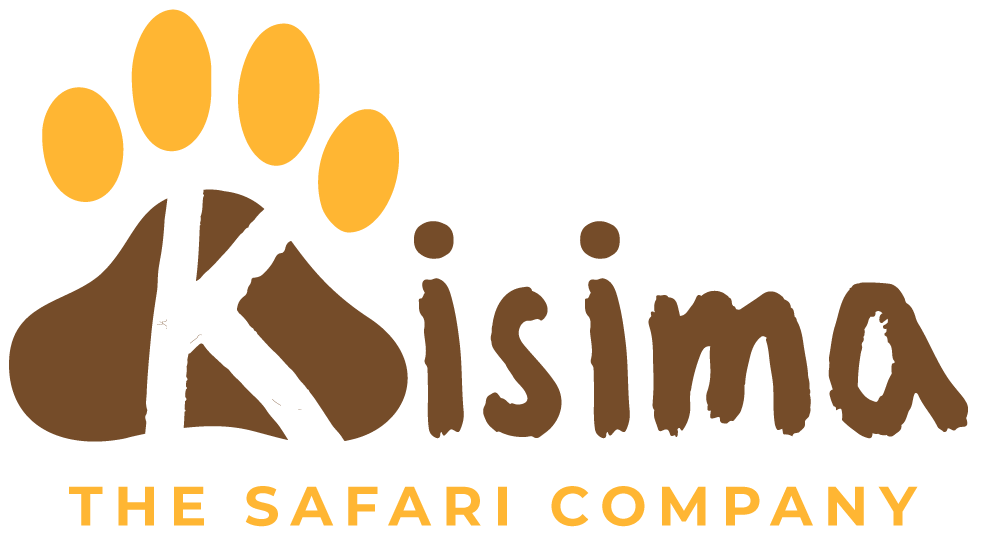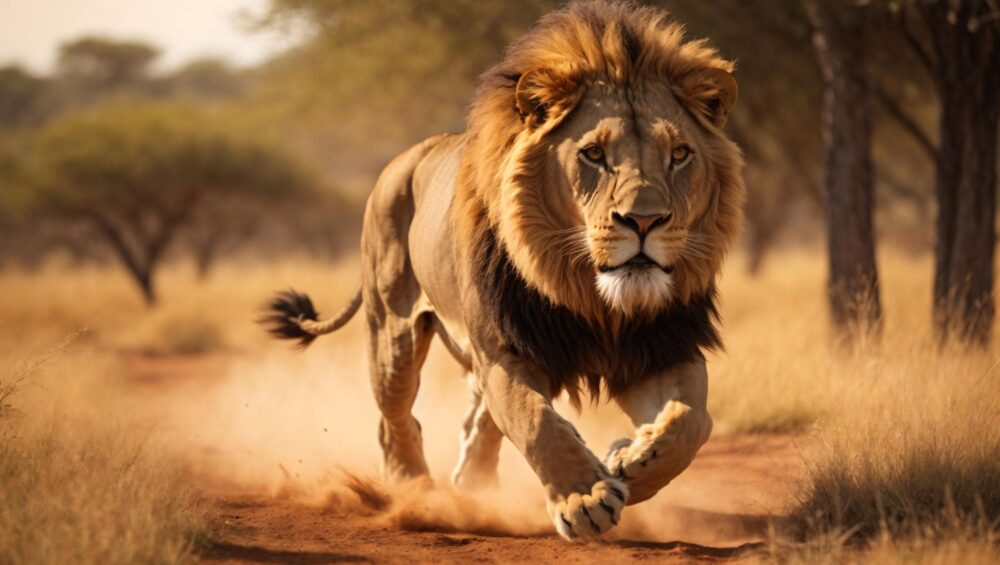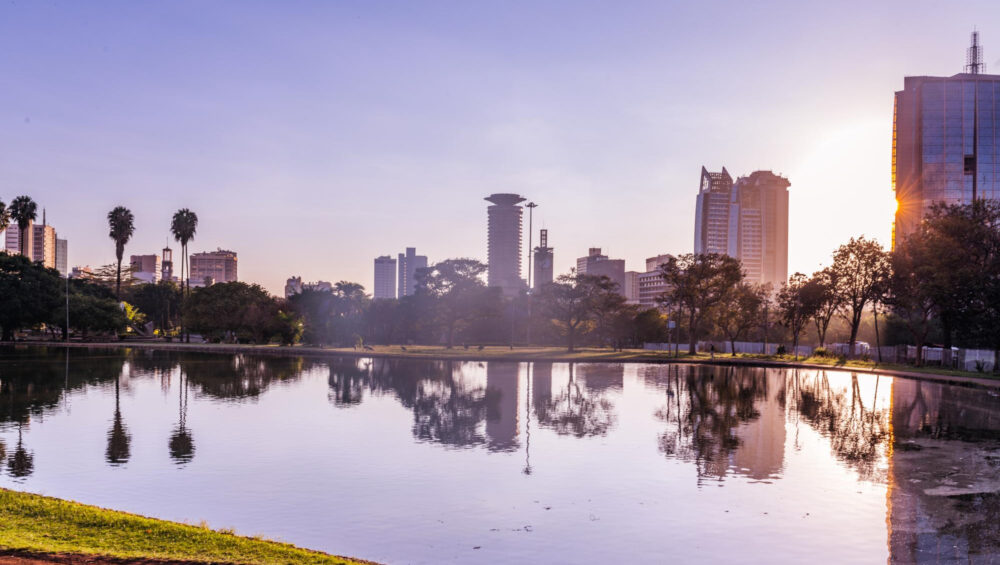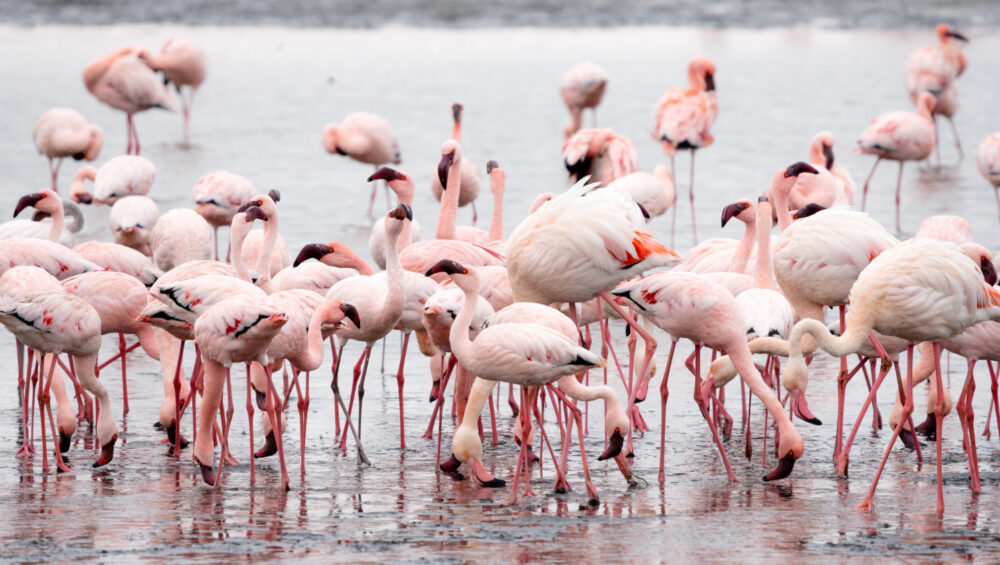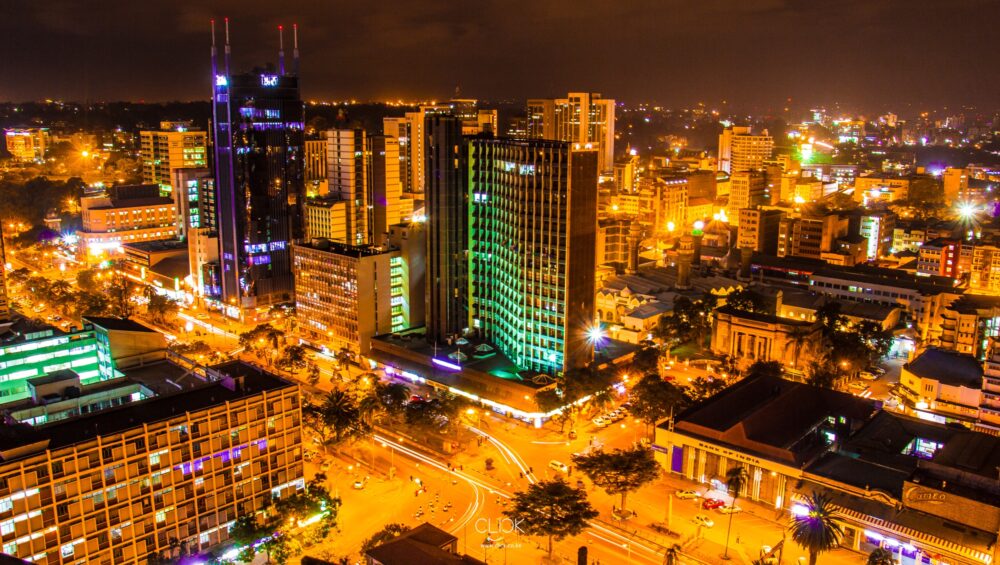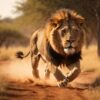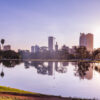The Lion still exists in the Mara….
You have probably heard about them…And in their honour, a National Game Reserve exists. But, it never came easy, as history has it, Wildlife Animal Conservation was still a topic being explored and at some point, people came to believe in the importance of their protection. Take a step forward with us and observe the Maasai Mara Game Reserve.
Traveling to the Mara from Nairobi by road, is a guaranteed one of the best experiences, giving you the chance to see the renowned Rift Valley Escarpments, descending towards Mai Mahiu. Along the way, and depending on the time of day, you may also spot some by-the-road-side wildlife, casually roaming around like the Zebra, Antelopes and other scenic features. But that’s not all.
Environmental changes begin to take form. From a faraway distant landscape view to a nearby semi-arid town area, with scattered tall-acacia trees finally comes to full view. Welcome to Narok County. Where the famed Reserve is situated. Here, you will see the modernized side of the town, with nearby Restaurants and Curio shops lined by the road side, and some, if not the many, the Maasai people, dressed in their unique colourful outfits, relaxing while others may be herding cattle. It is well known that as a nomadic group, they believe they own all the cattle in the world.
The weather in the Mara may sometimes not seem friendly. While sunny, it can get pretty hot thus a good time to probably carry a hat and bottled water as you enjoy the scenery. Not to be missed, there are quite a number of Lodges and Tented camps located inside of the Mara Reserve or bordering the outside of the Main Gate, that will ensure a comfortable and luxurious stay.
The most popular activity around and you should be taking part of is an evening and early 6:00 A.M Game Drive and 4:00 A.M Hot Air Balloon Safari. Definitely, not to be missed, Nature Walks, lounge about the Lodge or Camp and enjoy the amenities they have to offer, acquaint yourself to Photographic Safaris at the stone boarder between Kenya and Tanzania….and of course, slightly cross to the Tanzanian boarder and back and Cultural Experiences with the Maasai.
We are certain that during your stay, you will experience the “Big Five”, found all year-round, excellent Lodge and Camp services and most Resident Mara bird species and Wildlife. The amazing thing about the Mara is that the experience will truly leave a mark for you to remember.
